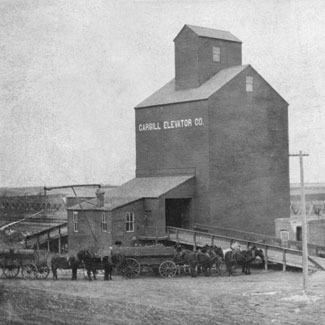Our History
What makes an organization last for more than 150 years? Across the decades, Cargill has remained true to the vision of founder W.W. Cargill: helping farmers prosper, connecting markets and bringing consumers the products they’re seeking. Along the way, we’ve advanced how food and agriculture work, with breakthroughs that changed what was possible.
As we’ve pursued new opportunities, we have always done business responsibly and in a way that makes us proud. It’s what unites us and drives us to find ways to do things better each day, so we can sustainably nourish the world well into the future.






























